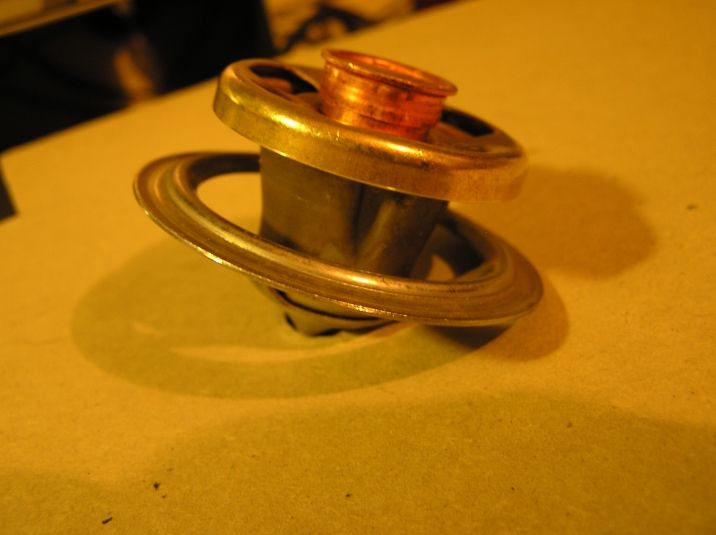so i took my 73 in for a steering rack, new bushings, abd a new rear brake calipers. a few days befor i noticed a cooling fluid puddle ner driver front tire so ask for check of original radiator. sure enough there was a raddiator leak. we putin new fluidyne radiatro and new stainlsess steel water pipes. car had never run above 190 but on way home hit 230 we have since put in new thrmostat new flex lite fans which are working correctly and move the sensor to the engine block car runs at 180 on freeway on hot day but hits 210 - 220 stop and go. i have burped it and run it rear and fron jacked up
my laser temperature monitor shows 195 at radiator inlet when temp guage (stewart warner) reads 210. car has not boiled over
any suggestions?
Original Post


